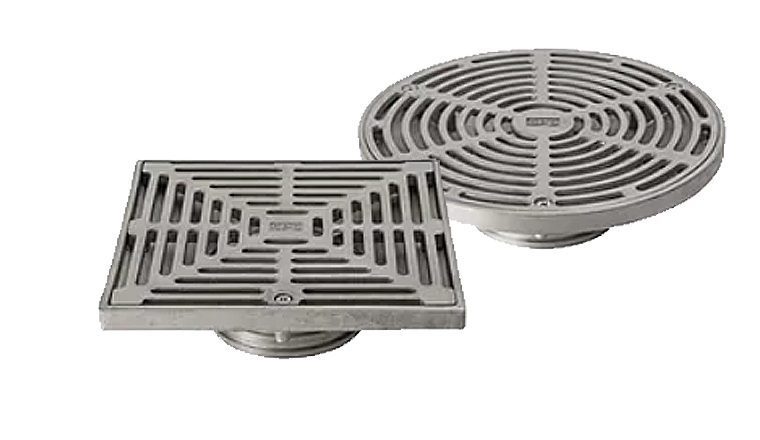With shower drains, you fundamentally have two choices, a point drain in the base of the shower where the screed and tiles fall to a central or offset drainage point or a linear drain that runs across the middle or back of the shower base allowing for a reduction in the number of falls in the base of the shower. Either way, you can choose a grated top or a tile insert tray for a more discrete drainage system.
No matter which type of drain you select, keeping your base waterproofing independent from the drain itself is essential. It’s essential to tank a shower before installation of the drain or tiles so that it is already watertight.
We always advise our clients that the tiles and surface drain are designed to collect all the surface water; however, porous grout and tiles will inevitably lead to small amounts of water seeping through the membrane underneath. However, this article is more about the differences between two key surface drain options, both of which have pros and cons, which are discussed below.

Point Drains
Point drains are an excellent simple option that has existed since showers were invented. Tilers, plumbers, waterproofers, and builders are well-versed in installing point drains, and there is little debate about how to install them. Point drains are pushed into the outlet or puddle flange and tiled up. More advanced options involve a body first cast into the slab with integrated membrane flanges. Then the top unit with surface drainage grate is screwed into position overtop.
One downside of point drains is that the shower base has to fall towards the single point drain, typically from 4 different directions. This creates a non-uniform shower base to stand on which is increasingly problematic for those in aged care or with a physical disability.
Another downside of point drains in a shower is that if water doesn’t drain away fast enough, it will pound on the tiles surrounding the drainage outlet before discharge.
Strip Drains
Strip drains have increased in popularity over the last 20 years due to several key advantages over traditional point drainage solutions:
Strip drains span a shower’s entire width or length, allowing the shower base to fall in only one direction.
Strip drains can be manufactured with full-length tile folds and membrane flanges on all four sides. This means a secondary membrane can be tanked and adhered to the stainless steel flange surrounding the drainage channel. Also, floor and wall tiles can be tiled directly over the drain tile folds, ensuring water is effectively drained without seeping through to the membrane.
Strip drains provide a more uniform look in a shower as the strip drain runs as a single strip/ border against one shower wall.
Contact Yeti Civil today for a free quote for your point or strip drains.

